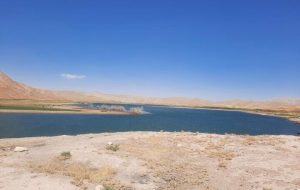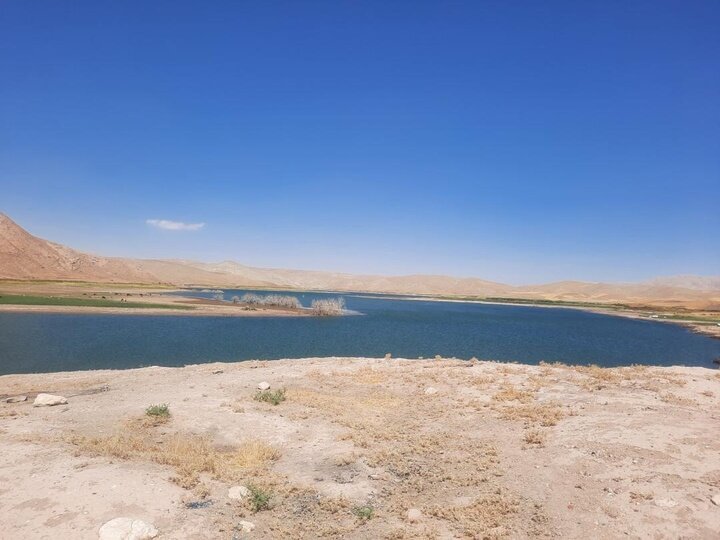7,500-year-old relics unearthed in western Iran
TEHRAN – Archaeologists working at Qeshlaq Tappeh, a site partially submerged by the Talvar Dam in Iran’s western province of Kordestan, have uncovered cultural artifacts and remains dating back approximately 7,500 years. Mahnaz Sharifi, the head of the archaeological team at Qeshlaq Tappeh in Bijar, on Sunday announced the completion of the fourth field research


TEHRAN – Archaeologists working at Qeshlaq Tappeh, a site partially submerged by the Talvar Dam in Iran’s western province of Kordestan, have uncovered cultural artifacts and remains dating back approximately 7,500 years.
Mahnaz Sharifi, the head of the archaeological team at Qeshlaq Tappeh in Bijar, on Sunday announced the completion of the fourth field research season, ISNA reported.
She noted that while the lower slopes of the site are submerged, the summit remains accessible for excavation.
Sharifi explained that the nearby Qeshlaq village features over 14 meters of cultural deposits, with evidence of habitation stretching back to the 5th millennium BC.
Then she noted links between the discoveries with the Hajji Firuz Tepe, an archaeological site located in West Azarbaijan province in the north-west of the country, which lies in the north-western part of the Zagros mountain range.
“Remnants of Hajji Firuz and late 6th-millennium BC cultures were also identified, marking a connection to the complex Dalma culture of the early 5th millennium BC.”
Hajji Firuz period in northwest Iran can be dated c. 6000–5400 BC. Then, there was a short gap in chronology, or perhaps a transitional period. The Dalma tradition then emerged; new radiocarbon dates for this tradition are c. 5000–4500 BC. Dalma seems like the result of a long local sequence of development from the Hajji Firuz period.
As mentioned by Sharifi, the excavation yielded architectural remains, decorated Dalma pottery, ornamental beads, and stone tools. These findings illustrate Qeshlaq’s historical links with the eastern central Zagros region, the Urmia Lake basin, and Mesopotamia, as well as eastern Anatolia, she said.
“One remarkable discovery was evidence of geological phenomena like landslides, rarely documented in archaeological studies.” Additionally, Qeshlaq features nine meters of early Chalcolithic deposits and five meters of later Chalcolithic deposits, reflecting natural and local influences on cultural practices, the archaeologist said.
“Among these are the use of gypsum for architectural reinforcement and economic reliance on livestock, hunting, fishing, and farming, despite the region’s semi-arid climate.”
Elsewhere in her remarks, the archaeologist referred to the discovery of Obsidian objects that is a naturally occurring volcanic glass formed when lava extruded from a volcano cools rapidly with minimal crystal growth.
“Obsidian tools discovered at the site may point to trade links with Turkey’s Lake Van region, while petrographic, XRF, and XRD analyses of Ubaid-style pottery suggest connections to Mesopotamia.”
These findings underline Qeshlaq’s role as a trade and communication hub, fostering relationships with regions as far as Anatolia and Mesopotamia.
Sharifi also highlighted social and economic complexities, evidenced by flat and cylinder seals suggesting ownership systems and early social stratification. However, environmental factors may have contributed to Qeshlaq’s decline. “Heavy metals such as lead, arsenic, and cadmium, found in the region’s water and soil, likely caused long-term health issues that hindered population growth and cultural development.”
Sharifi concluded that environmental contamination, intensified by geological conditions in the Talvar Valley, disrupted food chains and may have driven the site’s eventual abandonment.
The archaeological findings underscore the rich cultural and historical significance of Qeshlaq Tappeh, offering a window into the region’s ancient trade networks, social hierarchies, and environmental challenges.
AM
